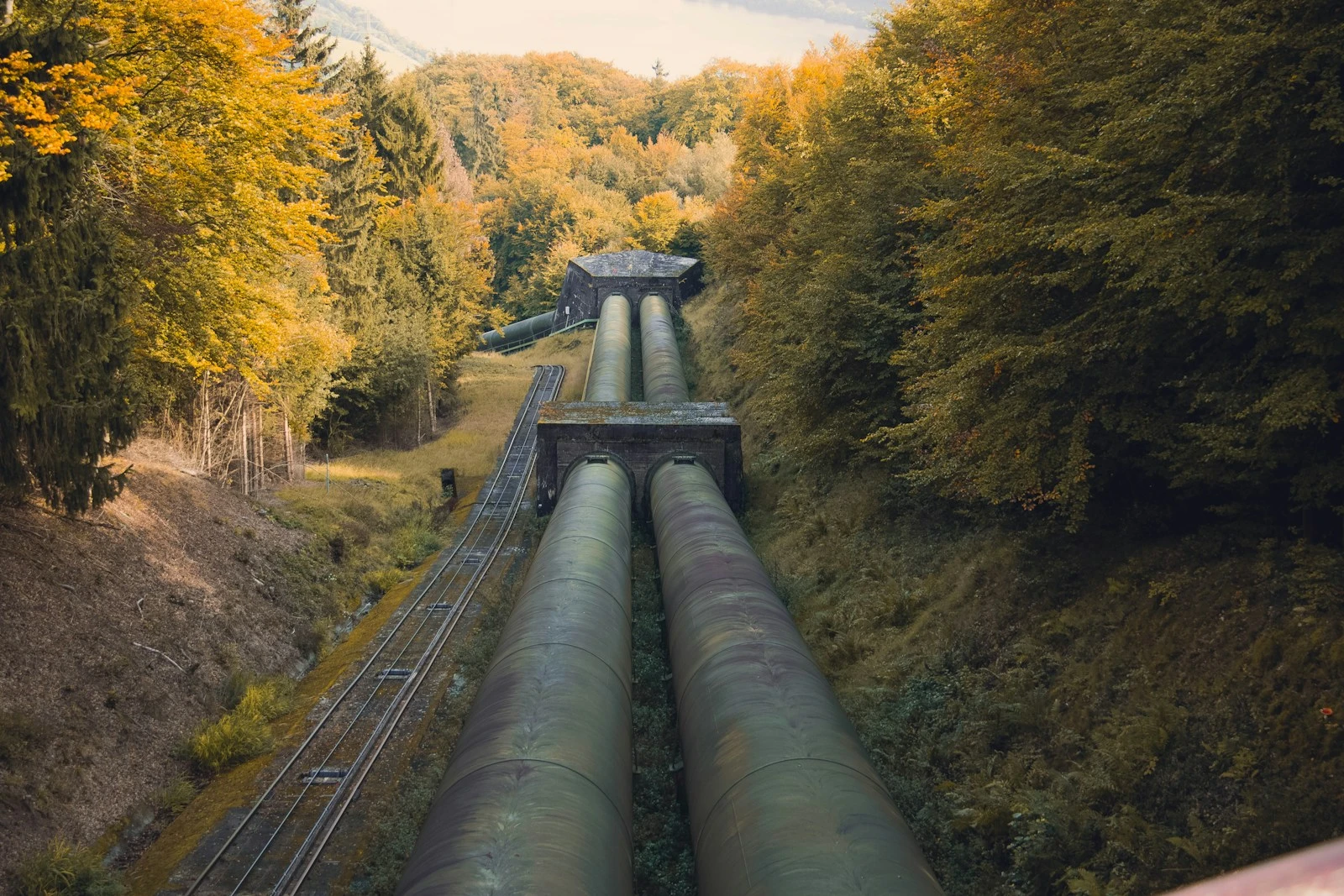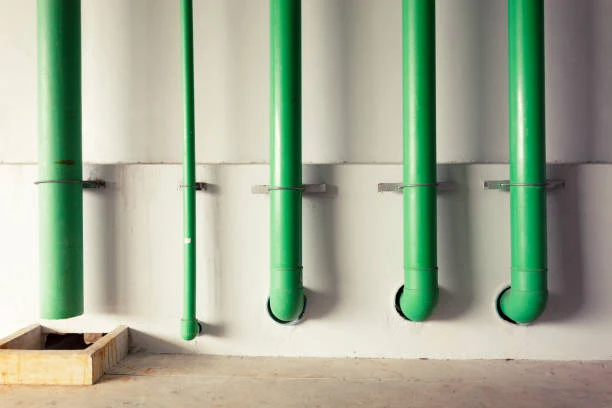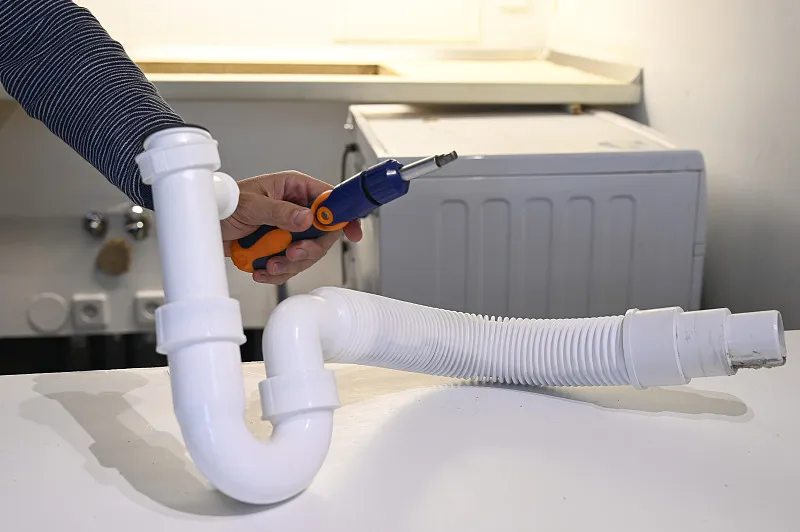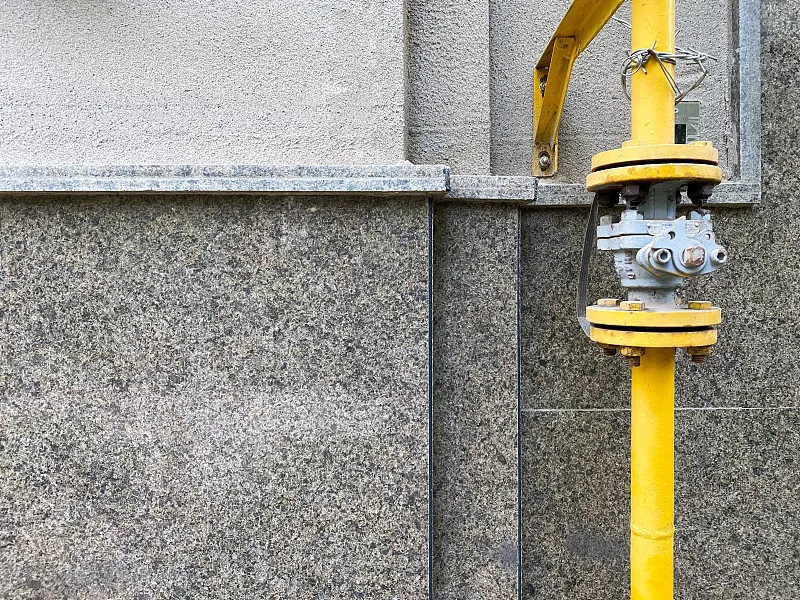PPR Pipe, or Polypropylene Random Copolymer pipes, are increasingly favored in the plumbing and construction industries due to their excellent properties. Their connections are known for being exceptionally strong, making them suitable for various applications. In this article, we will explore the strength of PPR pipe connections in depth, covering everything from the material’s characteristics to installation techniques, and much more.
Understanding PPR Pipe
What Are PPR Pipe?
PPR Pipe are made from a thermoplastic polymer, which provides a range of benefits over traditional piping materials such as metal and PVC. They are specifically designed for both hot and cold water applications, making them versatile for residential, commercial, and industrial uses.
Key Properties of PPR Pipe
- Durability: PPR pipes are resistant to corrosion and scaling, which contributes to their longevity.
- Chemical Resistance: These pipes can handle various chemicals, making them ideal for industrial applications.
- Temperature Tolerance: PPR pipes can withstand temperatures ranging from -20°C to 95°C (-4°F to 203°F).
- Lightweight and Easy to Handle: Their lightweight nature makes installation easier compared to heavier materials.
The Strength of PPR Pipe Connections
Factors Affecting Connection Strength
The strength of a PPR pipe connection is influence by several factors, including:
- Joining Method: Different techniques create varying levels of strength.
- Material Quality: The quality of the PPR used plays a significant role.
- Installation Practices: Proper techniques are crucial for ensuring a strong connection.
- Environmental Conditions: Temperature, pressure, and exposure to chemicals can impact connection integrity.
Types of PPR Pipe Connections
- Socket Fusion
- Description: This method involves heating the ends of the pipe and fitting before pushing them together.
- Strength: Socket fusion creates a continuous joint, making it one of the strongest methods.
- Electrofusion
- Description: Involves using electrical current to heat the fitting, allowing it to fuse with the pipe.
- Strength: This method provides an exceptionally strong bond and is often use for larger diameter pipes.
- Threaded Connections
- Description: Utilizes threaded fittings to join pipes.
- Strength: While convenient for disassembly, threaded connections may not be as strong as fusion methods.
Strength Testing of PPR Connections
To ensure reliability, PPR connections undergo rigorous testing. Common methods include:
- Pressure Testing: Evaluates the connection’s ability to withstand internal pressure.
- Tensile Strength Testing: Measures the force required to pull the connection apart.
- Impact Testing: Assesses the durability of the connection under sudden stress.
Advantages of Strong PPR Connections
Long-Term Durability
One of the most significant benefits of PPR pipe connections is their longevity. With proper installation, these pipes can last over 50 years, making them a cost-effective choice in the long run.
Reduced Maintenance Costs
The resilience of PPR connections reduces the likelihood of leaks and other issues, which translates to lower maintenance costs over time.
Eco-Friendly Option
PPR pipes are recyclable, contributing to a more sustainable approach in construction and plumbing.
Common Applications of PPR Pipe
Residential Plumbing
PPR pipes are commonly use for both hot and cold water supply in homes. Their ability to withstand high temperatures makes them ideal for domestic heating systems as well.
Industrial Use
These pipes are often employe in industrial settings for transporting chemicals and other fluids due to their chemical resistance.
Agricultural Applications
PPR pipes are also use in irrigation systems, where durability and resistance to environmental factors are crucial.

Installation Techniques for PPR Pipe
Preparing for Installation
Before installation, ensure that all tools and materials are ready. It’s essential to choose high-quality PPR pipes and fittings to ensure the strength of the connection.
Socket Fusion Installation
- Cut the Pipe: Ensure a straight cut for optimal fusion.
- Heat the Ends: Use a fusion machine to heat both the pipe and fitting.
- Join the Pieces: Quickly push the heated ends together and hold for a few seconds.
Electrofusion Installation
- Prepare the Pipe: Ensure the pipe ends are clean and free of debris.
- Insert the Electrofusion Fitting: Position the fitting over the pipe.
- Activate the Fusion Process: Use the appropriate machine to initiate the electrofusion process.
Threaded Installation
- Apply Thread Sealant: Use a suitable sealant on the threads.
- Tighten the Fittings: Secure the connection using a wrench, being careful not to over-tighten.
Troubleshooting Common Issues
Leaks at Connections
If leaks occur, check for:
- Improper Heating: Ensure the pipe ends were heated adequately.
- Alignment Issues: Misalignment can weaken connections.
Cracking or Breaking
This may result from:
- Excessive Stress: Ensure connections aren’t subjected to undue force.
- Temperature Fluctuations: Avoid exposing pipes to extreme temperature changes.
Conclusion PPR Pipe
PPR Pipe connections are incredibly strong, making them an excellent choice for a wide range of applications. Their durability, ease of installation, and resistance to various environmental factors ensure a reliable plumbing system. By understanding the factors that contribute to their strength, you can make informed decisions about your piping needs.
FAQs
- What is the lifespan of PPR pipes?
- PPR pipes can last over 50 years with proper installation and maintenance.
- Can PPR pipes be used for hot water?
- Yes, PPR pipes are suitable for hot water applications, capable of withstanding temperatures up to 95°C (203°F).
- How do you join PPR pipes?
- PPR pipes are typically joined using socket fusion, electrofusion, or threaded connections.
- Are PPR pipes safe for drinking water?
- Yes, PPR pipes are safe and approved for potable water applications.
- Do PPR pipes require special tools for installation?
- Yes, specific tools such as fusion machines are needed for proper installation.


















